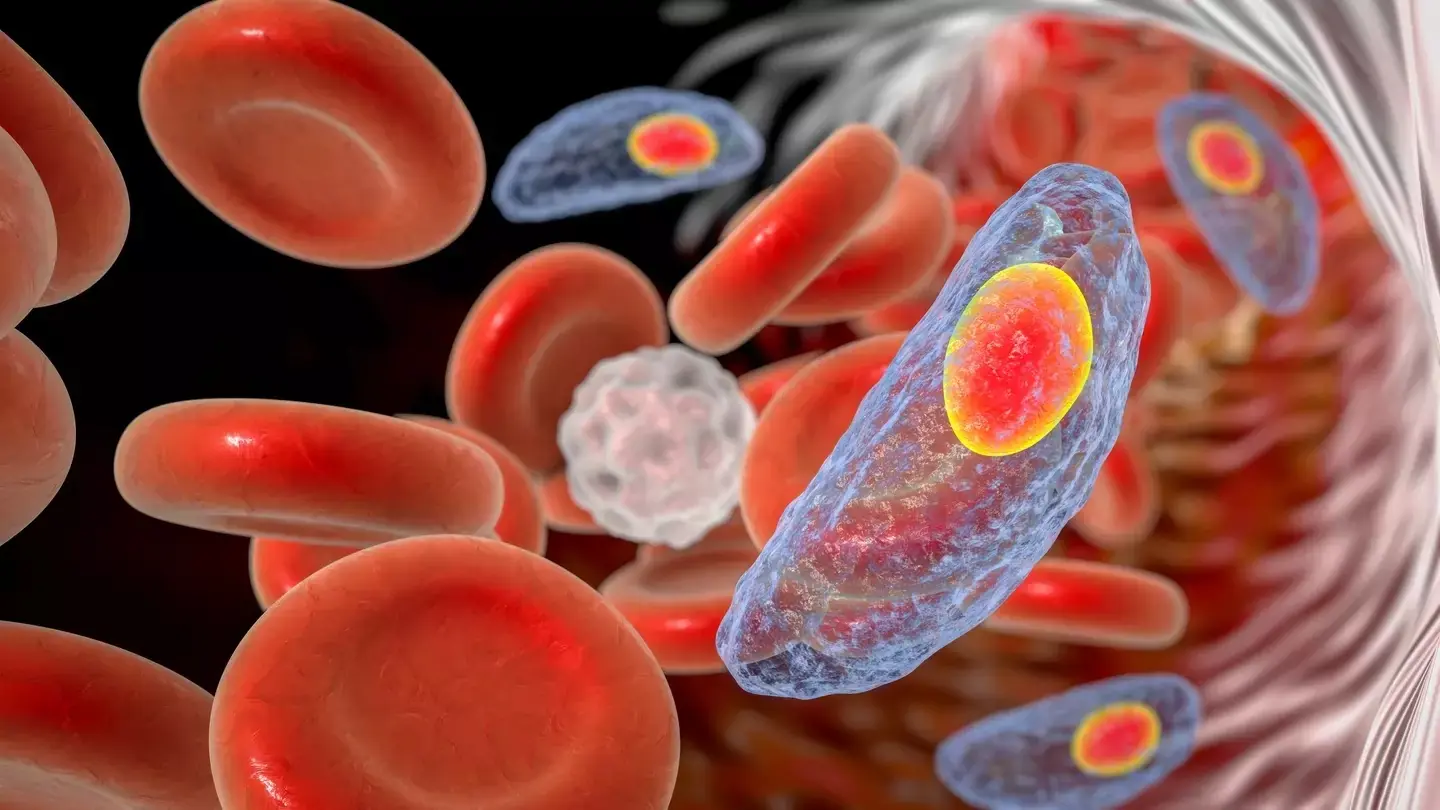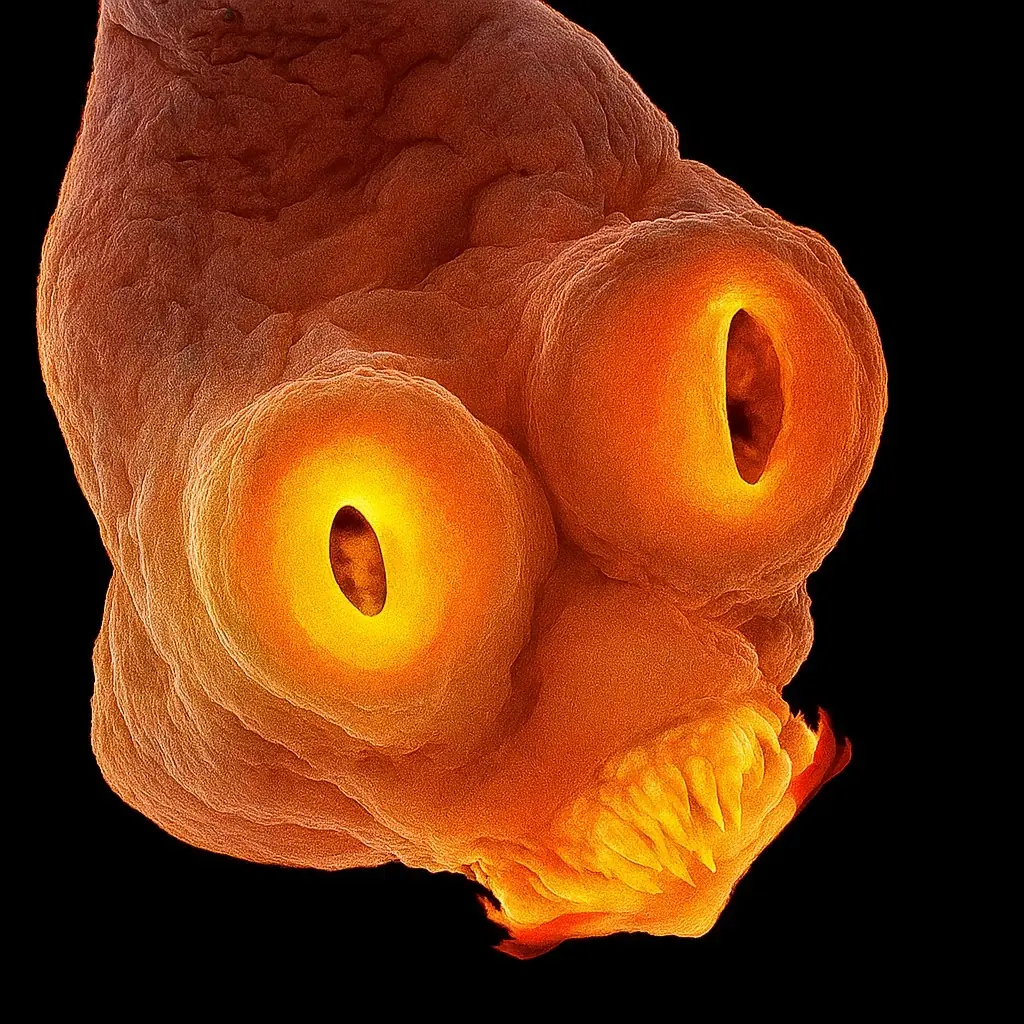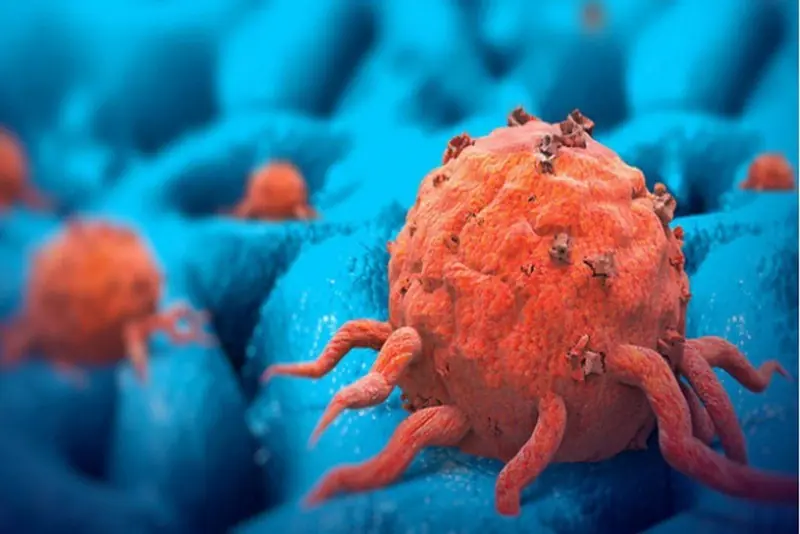
100 Million Americans at Risk from Brain-Eating Parasite, Experts Warn
Widespread reports claim that over 100 million Americans could be infected with a parasite that silently resides in the brain - and may alter behavior, increase risk of mental illness, and even threaten unborn children. Though sensational, the danger is real: Toxoplasma gondii, often transmitted via cat feces or undercooked meat, might already be embedded within many of us.

What Is Toxoplasma gondii?
Toxoplasma gondii (T. gondii) is a protozoan parasite capable of infecting nearly any warm-blooded animal - including humans. The U.S. Centers for Disease Control and Prevention estimates that about 11% of Americans over age 6 have detectable antibodies from infection. But older studies record seroprevalence rates as high as 12–13% and up to 16–40% in certain groups.
That translates to 40 million or more infected individuals across the United States. Citing global prevalence nearing one-third of all people, some sources extrapolate infections might exceed 100 million Americans - especially when factoring in underreporting and older generations where rates were higher.
Once inside the body, T. gondii forms cysts in muscle and brain tissue that can persist for life in a dormant state, mostly undetected in healthy people.
How Does T. gondii Enter the Body?
Humans are exposed primarily through:
- Eating contaminated undercooked meat or shellfish, especially pork, lamb, or venison.
- Handling cat feces or contaminated soil, as cats are T. gondii’s definitive hosts.
- Rarely, congenital transmission from mother to fetus, or through infected organ transplantation or blood transfusion.
Most adults who become infected experience no symptoms, or only mild flu-like signs such as swollen lymph nodes and fatigue.

Why "Brain-Eating"? What Researchers Are Learning
The term “brain-eating parasite” refers to T. gondii cysts that lodge within neurons and quietly shape brain biology. Recent research from the University of California, Riverside, led by Emma H. Wilson, underscores how even a small number of infected neurons disrupt normal brain function.
Wilson’s team discovered that infected neurons release fewer extracellular vesicles (EVs) - tiny packets that mediate neuron-to-glia communication. These EVs also contain parasite proteins like GRA7, which alter gene expression in astrocytes - support cells vital for neural health. The result: inflammatory astrocyte behavior and reduced GLT‑1 protein, essential in neurotransmitter balance.
According to Wilson: “Even a handful of infected neurons can shift the brain’s neurochemical balance.”T
Potential Health Implications
While many carry T. gondii silently, dormant cysts may influence:
- Mental health: Infection has been associated with a 50% higher risk of schizophrenia, and links to depression, personality changes, and increased risk-taking behavior.
- Pregnancy outcomes: Congenital toxoplasmosis can cause miscarriage, stillbirth, brain malformations, blindness, or lifelong developmental issues. In the U.S., 1,000–4,000 pregnant women are newly infected each year.
- Neurological damage: In immunocompromised patients, the parasite can reactivate, causing toxoplasma encephalitis - life-threatening inflammation of the brain.

How Many Americans Might Be Infected?
While CDC data indicates ~11%, older surveys suggest up to 13–16%, varying by region and demographic. Combining multiple datasets and considering older cohorts, recent extrapolations suggest up to 100 million Americans may currently harbor latent infections.
Regardless of exact numbers, the prevalence is undeniably high.
Can the Parasite Be Detected and Treated?
Biomarkers Based on EV Disruption
Wilson’s team is developing EV-based biomarkers to identify neural infection - even when standard blood tests (IgG/IgM antibodies) cannot reveal active brain involvement. Their PLoS Pathogens study showed measurable changes in EV cargo - especially proteins and miRNAs - from infected neurons, opening a new pathway for non-invasive diagnostics.
Medical Detection & Treatment
- Antibody testing remains the standard for detecting exposure (IgG) or recent infection (IgM), especially in pregnancy.
- Imaging or biopsy may diagnose encephalitis in high-risk patients.
- Treatments - such as pyrimethamine, sulfadiazine, or clindamycin - are reserved for active infections, especially in the immunocompromised or during.
Healthy individuals rarely require treatment, as latent infection is often stable unless immunity weakens.
Preventing T. gondii Infection
Protective steps include:
- Cook meat thoroughly, or freeze to −18 °C for days before cooking.
- Wash fruits and vegetables thoroughly.
- Avoid raw milk, unpasteurized dairy, or untreated water.
- Change cat litter daily, wear gloves, and wash hands after gardening or pet handling.
- Test pregnant women for immunity or recent infection to prevent congenital transmission.
Why the Concern Now?
- Behavioral links: Growing evidence suggests latent T. gondii may subtly influence human risk behaviors and cognition.
- Neuroscience advances: EV-based biomarkers now allow detection of brain-specific infection effects, not just general exposure.
- Reproductive risks: Awareness of congenital transmission motivates improved screening and prevention protocols.
When combined, these developments elevate T. gondii from a benign curiosity to a significant public health concern.
What Should You Do?
- If you own cats, are pregnant, or cook meat frequently: follow safe food and hygiene practices.
- Ask your doctor about antibody tests if concerned.
- For neurological symptoms in immunocompromised individuals: seek specialist evaluation for possible toxoplasma encephalitis.
- Support research into EV-based biomarkers and targeted treatments - these could revolutionize how we detect and manage latent brain infection.
Final Thoughts
The idea that a silent parasite may linger in tens of millions of Americans, influencing mental health or pregnancy outcomes, is unsettling. Yet knowledge brings power. By understanding Toxoplasma gondii, improving detection, and emphasizing prevention, we can mitigate these risks.
As Emma H. Wilson’s work demonstrates, even tiny parasites can have outsized impacts - and science now offers new tools to fight back.
Unless we act thoughtfully, this brain-eating microbe may remain an invisible influence on public health. But with awareness and innovation, we can keep its effects in check.
News in the same category


Terrifying Truth Behind Mysterious ‘Circle Of Bubbles’ In The Ocean Revealed

People Stunned After Learning The True Meaning Behind ‘SOS’ — It’s Not What You Think

After Spending 178 Days In Space, Astronaut Shares a ‘Lie’ He Realized After Seeing Earth

People Shocked To Learn What The Small Metal Bump Between Scissor Handles Is Actually For

Scientists Use AI And Ancient Linen To Reveal What Jesus May Have Truly Looked Like

Earth may witness a once-in-5,000-year event on the moon and it's coming sooner than you think

AI is willing to kill humans to avoid shutdown as chilling new report identifies 'malicious' behaviour

Horrifying simulation details exactly how cancer develops in the body

Elon Musk slammed for posting creepy video of 'most dangerous invention to ever exist'

World’s Rarest Blood Type Discovered—Only One Woman Has It
The woman with Gwada negative blood may not be famous, but her existence has already made an indelible mark on medical science.

Columbia Student Suspended After Creating AI That Helps You Cheat Your Way to a Six-Figure Job!
Despite being out of school, he remains optimistic about the future. With growing venture capital support and rising user demand, Cluely may be on track to become a key player in the next wave of controversial tech startups.

100-foot ‘doomsday’ mega tsunami could obliterate US West Coast at any moment

How a huge ancient forest was discovered 630 feet down secret sinkhole in China

Woman who "died for 17 minutes" shares unimaginable reality of what she saw when her heart stopped beating
Victoria’s story transcends the ordinary—she experienced clinical death, returned with clarity, and then learned of a rare genetic disease that nearly killed her again. Yet today, she thrives.

Nasa Tracks Plane-Sized Asteroid Speeding Toward Earth At 47,000 Mph

Oscar Mayer Mansion Restored To Gilded Age Glory After $1.5M Renovation

Secret CIA Documents Declare That The Ark Of The Covenant Is Real, And Its Location Is Known

The Mystery Behind The Blood Falls In Antarctica
News Post

What Causes Those Strange Ripples In Your Jeans After Washing?

‘Healthy’ 38-year-old shares the only bowel cancer symptom he noticed — And it wasn’t blood in the loo

Young Dad Misses Key Cancer Symptom That Left Him Terrified

5 Things Doctors Say You Should Never Give Your Kids to Help Prevent Cancer

Terrifying Truth Behind Mysterious ‘Circle Of Bubbles’ In The Ocean Revealed

People Stunned After Learning The True Meaning Behind ‘SOS’ — It’s Not What You Think

After Spending 178 Days In Space, Astronaut Shares a ‘Lie’ He Realized After Seeing Earth

People Shocked To Learn What The Small Metal Bump Between Scissor Handles Is Actually For

Scientists Use AI And Ancient Linen To Reveal What Jesus May Have Truly Looked Like

Earth may witness a once-in-5,000-year event on the moon and it's coming sooner than you think

AI is willing to kill humans to avoid shutdown as chilling new report identifies 'malicious' behaviour

Horrifying simulation details exactly how cancer develops in the body

Elon Musk slammed for posting creepy video of 'most dangerous invention to ever exist'

Indiana Boy, 8, Dies Hours After Contracting Rare Brain Infection At School

World-First Gene Therapy Restores Sight to Boy Born Blind

World’s Rarest Blood Type Discovered—Only One Woman Has It
The woman with Gwada negative blood may not be famous, but her existence has already made an indelible mark on medical science.

A Warning About The ‘Worst Thing’ That People Should Never Do When Awakening in the Night

Columbia Student Suspended After Creating AI That Helps You Cheat Your Way to a Six-Figure Job!
Despite being out of school, he remains optimistic about the future. With growing venture capital support and rising user demand, Cluely may be on track to become a key player in the next wave of controversial tech startups.

100-foot ‘doomsday’ mega tsunami could obliterate US West Coast at any moment
